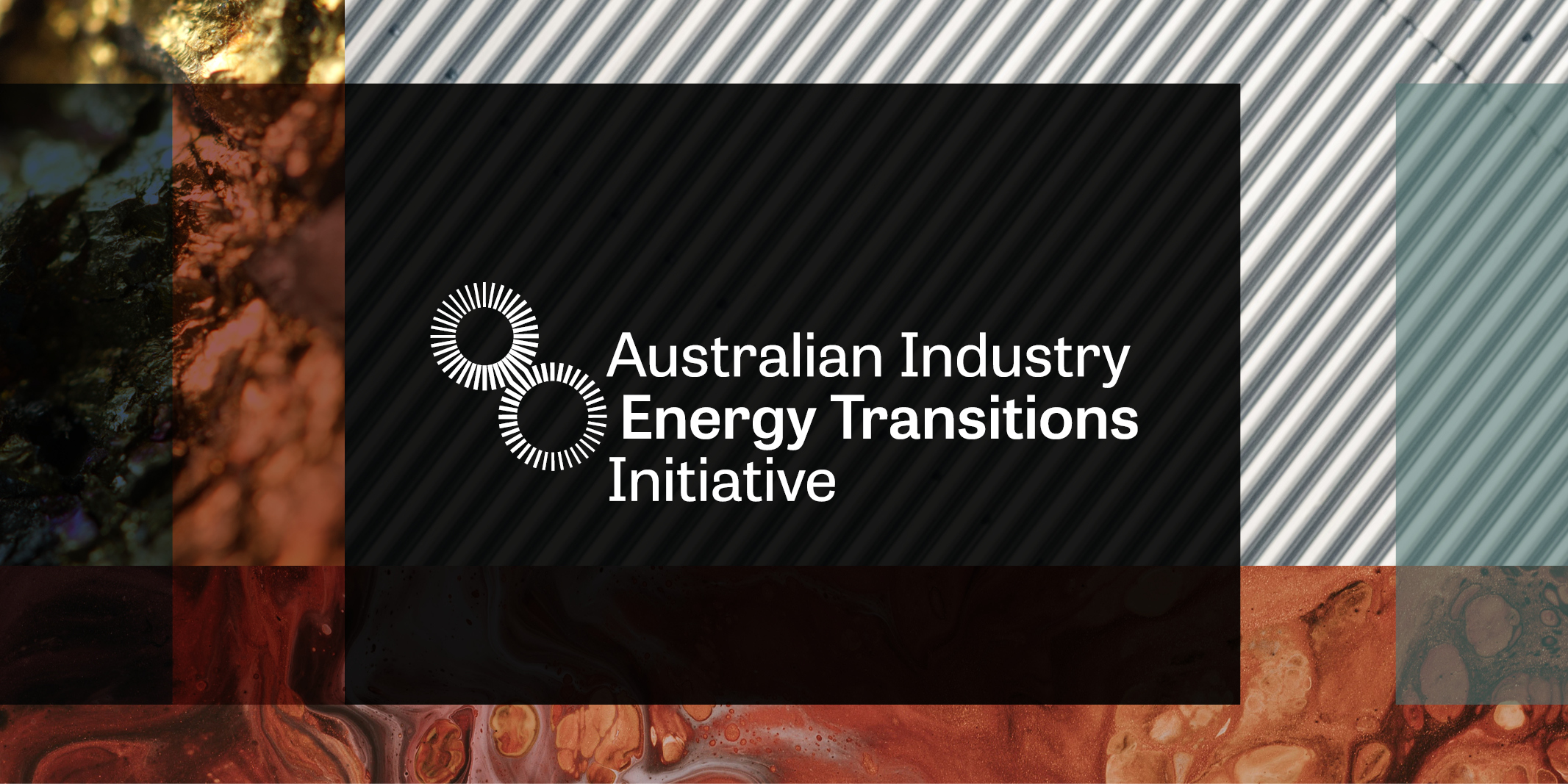MELBOURNE, 20 June 2022 – An 88% cut to heavy industry emissions is possible and would set up key regions for the net-zero transition, says new report by Australian Industry ETI, backed by 18 of Australia’s largest companies
Major industrial regions – including the Pilbara, Kwinana, Hunter, Illawarra and Gladstone – have the natural resources, workforce and baseline infrastructure that can be expanded to support Australia’s net zero transition, according to a new report.
The report shows it is possible for these five regions to achieve an 88 percent reduction in their current emissions, which together account for about one-eighth of Australia’s total emissions. This is equivalent to 70 MtCO2e of abatement, or to removing all emissions from cars and light commercial vehicles across Australia.
The ‘Setting up industrial regions for net zero’ report is the result of a two-year collaboration between some of Australia’s largest companies, as part of the Australian Industry Energy Transitions Initiative (Australian Industry ETI), which is entering its final phase.
The report shows that industrial regions can contribute to reaching state and national net zero emissions targets by 2050, while driving employment growth and building Australia’s climate resilience.
The required renewable energy infrastructure, green hydrogen and energy storage has the potential to create job opportunities for 178,000 to 372,000 Australians. The investment in these regions and enabling infrastructure will be in the order of $50 to $100 billion, the report finds.
Convened by Climateworks Centre and Climate-KIC Australia, the Australian Industry Energy Transitions Initiative brings together 18 industry participants key industry and finance participants to accelerate action towards achieving net-zero emissions in supply chains by 2050, across critical sectors known as ‘hard-to-abate’ given their high emissions and relatively higher abatement costs.
Initiative participants represent approximately 27 per cent of the market value of the ASX100, and include Australian Gas Infrastructure Group, APA Group, Aurecon, AustralianSuper, BHP, BlueScope Steel, bp Australia, Cbus, the Clean Energy Finance Corporation, Fortescue Metals Group, HSBC, Orica, National Australia Bank, Rio Tinto, Schneider Electric, Wesfarmers Chemicals, Energy & Fertilisers, Westpac and Woodside Energy.
The Australian Industry ETI focuses on reducing supply chain emissions across five sectors: iron and steel; aluminium; LNG; other metals, including copper, nickel, lithium; and chemicals, such as fertilisers and explosives.
With momentum building across Australia’s economy to decarbonise, the next phase of the initiative will focus on setting decarbonisation pathways for Australia’s industrial supply chains, in line with the global goal of limiting global warming to 1.5 degrees Celsius.
Read the report here.


